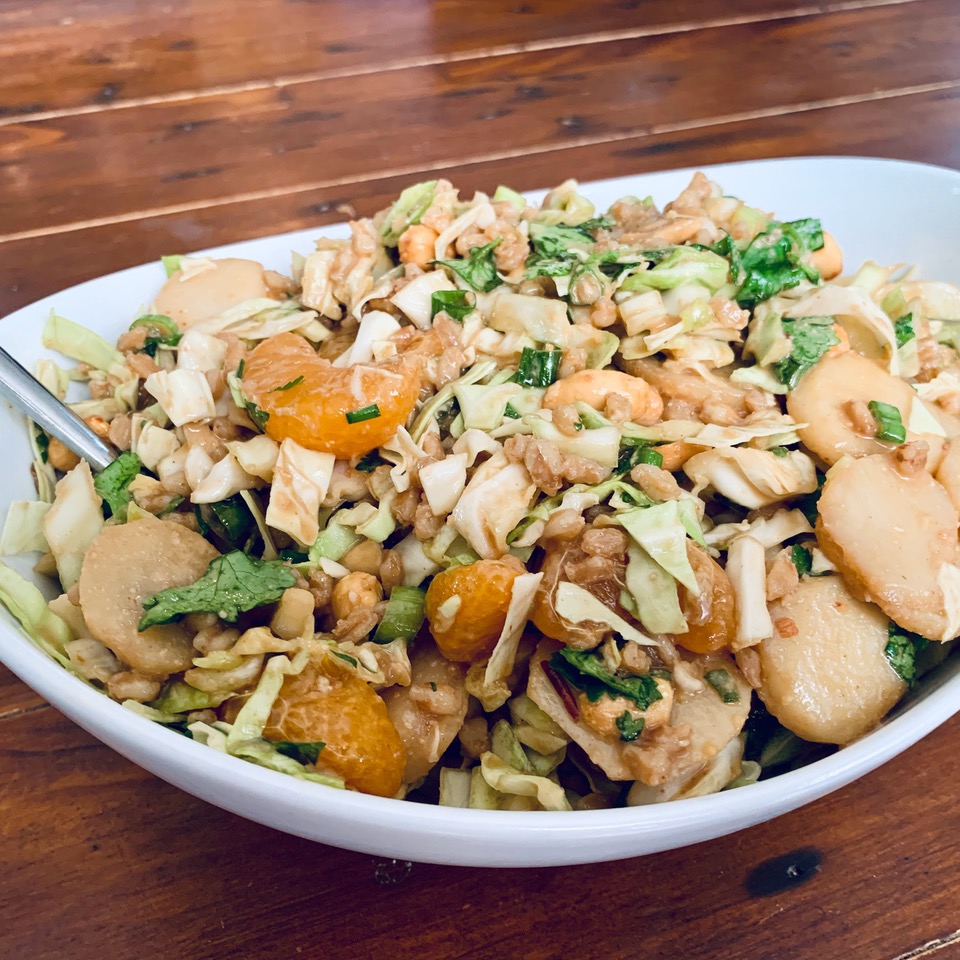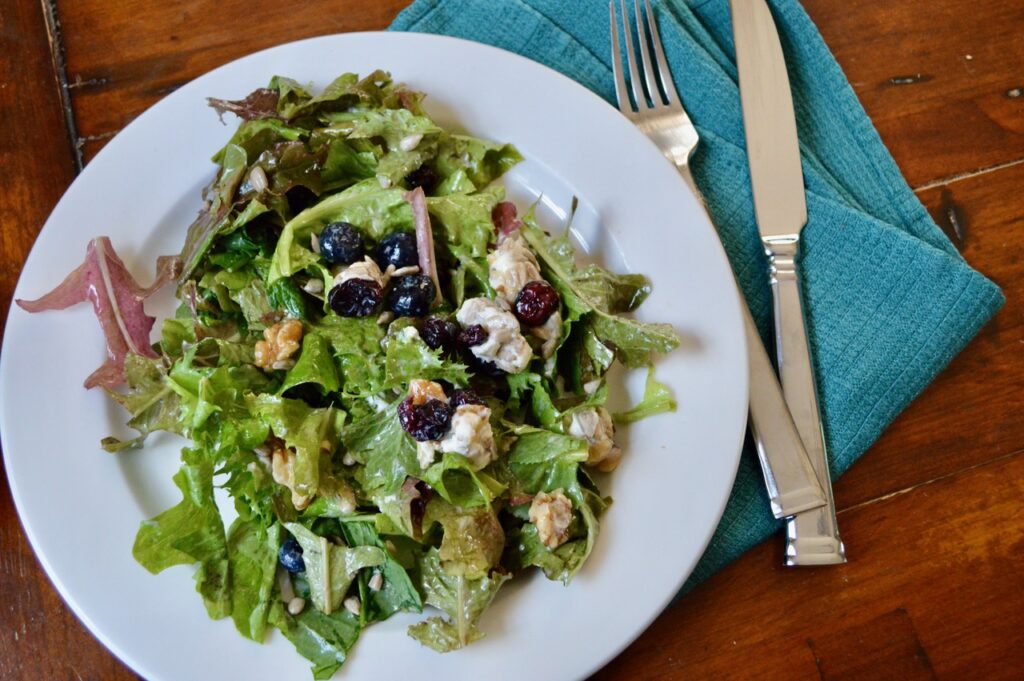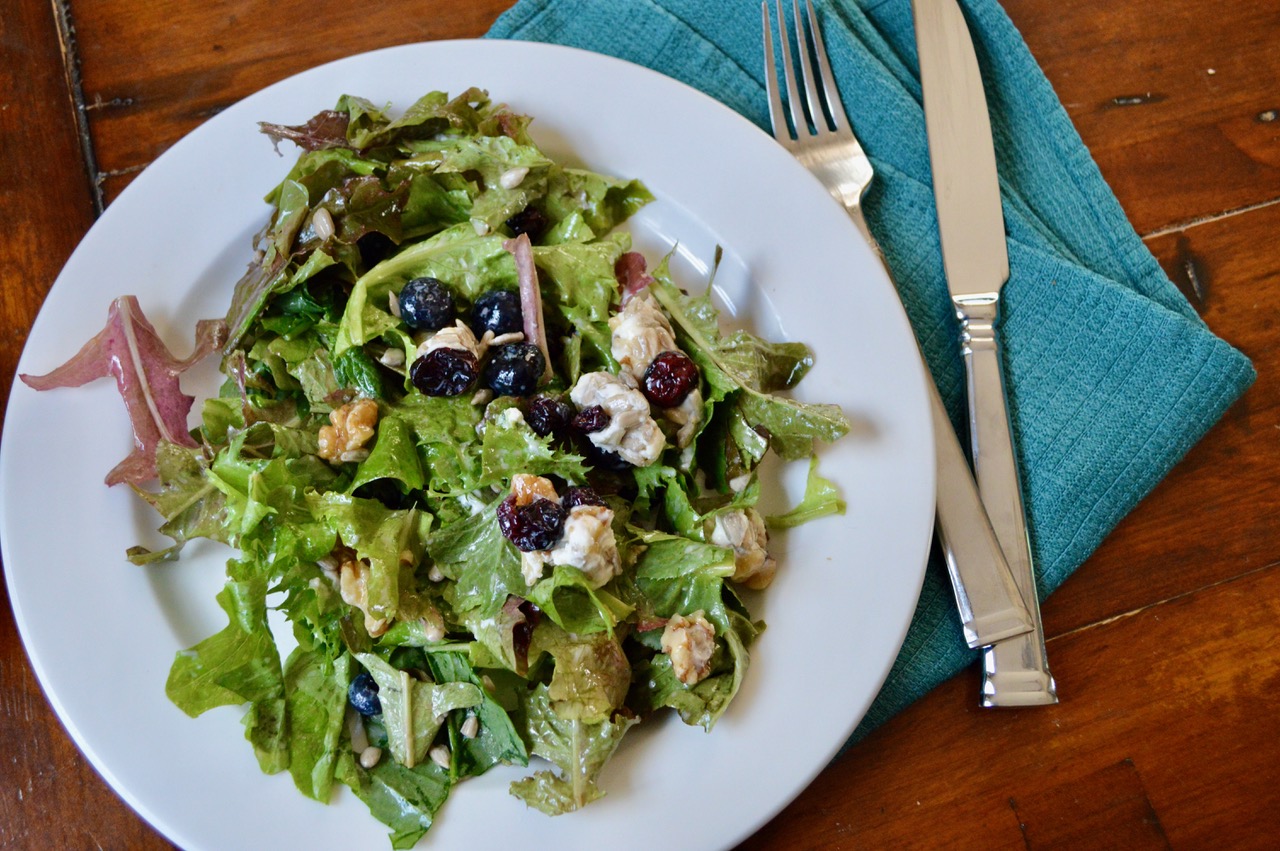Summer is here and the eating is easy. Indulging in tasty treats while embracing the summer vibes sounds divine. But with all the dining out and yummy outdoor gatherings, smart eating can go by the wayside.
You want to make sure you’re maintaining healthy food habits and a well-balanced diet to ensure you’re fueled for fun and good health.
Go for the ripe stuff! Eat up your veggies and fruit – especially the seasonal ones. In-season superstars tend to be more fresh and flavourful, nutrient-dense and budget-friendly, and will help keep you happy and healthy all season long.
Research has consistently shown that putting more fruits and veggies on your plate, along with a variety of nuts, legumes and whole grains, can help reduce your risk of major lifestyle diseases, and keep you living leaner and longer. The vitamins, minerals and powerful phytonutrients are just so darn good for you and contribute to healthy aging.
“Summer is a great time to enjoy fresh produce. You’ll often find it locally grown and in season, which helps preserve valuable nutrients,” says registered dietitian Cheryl Strachan, founder of Sweet Spot Nutrition. “Your local farmers’ market is a great place to find in season foods and connect with others in your community.”

Cheryl Strachan is a registered dietitian, nutritionist, and cardiac specialist at sweetspotnutrition.ca and also hosts the Sweet Spot Kitchen community for people living with heart disease.
All fruits have something good to offer, so choose the ones you enjoy. “Whole fruit is best (skip the juice), and there’s no need to stress about sugar content. Even if you have diabetes, the natural sugar in fruit is far outweighed by the benefits of eating 3-5 servings a day,” says Strachan, also a nutritionist, cardiac specialist and author of 30-Minute Heart Healthy Cookbook.
Fresh fruits are a healthy delight, but that said, berries deserve special mention! Blueberries and strawberries, in particular, have been linked to better memory and thinking skills as we age, she says. “They’re rich in flavonoids, compounds with antioxidant and anti-inflammatory powers that help protect the brain. Aim to have them at least twice a week – fresh or frozen.”
When it comes to veggies, the health-packed pickings are easy. All vegetables are good for you, from crisp iceberg lettuce to dark, leafy kale. “The key is variety: aim for a mix of colours and, most importantly, choose vegetables you enjoy and will actually eat,” says the Calgary nutrition expert.
Top spot goes to dark leafy greens when it comes to benefitting brain health. Eating just one serving a day – about 1 cup raw (like in a salad) or ½ cup cooked – has been linked to slower memory decline as we age.
The most nutrient-dense leafy greens include:
- Spinach
- Kale
- Swiss chard
- Romaine lettuce
- Arugula
Although spring mix, green/red leaf lettuce, and butter lettuce have fewer nutrients, include them for variety. And don’t overlook frozen options – frozen spinach or kale is just as nutritious and often more convenient, says Strachan.
“Toss leafy greens into salads, soups, omelets, grain bowls, or smoothies. A handful here and there can go a long way.”
Meanwhile, be sure to stay hydrated – that includes drinking more water and eating hydrating foods. Staying hydrated helps you feel your best, especially on hot summer days.
“But as we age, we may not feel as thirsty, even when our bodies need fluids. Instead of counting glasses, watch your urine: if it’s dark yellow, or if you have a dry mouth, headache, low energy, or feel lightheaded, it may be time to drink more,” advises Strachan, who hosts Sweet Spot Kitchen community to help people living with heart disease get healthy eating support and ideas.
Water is wonderful, but other drinks count too:
- Milk
- 100% fruit juice (limit to ½ cup)
- Low-sodium vegetable juice
- Coffee or tea
- Carbonated water, plain or flavoured (just avoid added sugars)
- Add flavour to tap water with slices of cucumber, lemon, orange, berries, or peaches. You can even add crushed berries or fresh mint for a refreshing twist.
Meanwhile, most fruits and vegetables are naturally hydrating, says Strachan, and the good thing is most water-rich fruits and veggies also provide electrolytes like potassium, which helps with fluid balance in the body.
The most hydrating fruits and veggies:
- Cucumber
- Lettuce
- Zucchini
- Celery
- Tomatoes
- Fruits with especially high water content include:
- Watermelon
- Strawberries
- Cantaloupe
- Peaches
- Oranges
- Pineapple
- Smoothies and yogurt also pack a good amount of water – plus nutrients your body needs
Seasonal produce can be such a healthy delight so eat with the seasons when you can. Strachan offers these two recipes to savour the flavours of some of summer’s best offerings.
Crunchy Peanut Cabbage Salad
Tossed with affordable ingredients, this salad is also great because it’s hardy enough to stand up to a few days in the fridge, feeding you more than once.


Enjoy this delicious Crunchy Peanut Cabbage salad – the ingredients are affordable and it makes for tasty leftovers. (Image from sweetspotnutrition.ca).
Ingredients:
1. Salad
4 cups shredded green cabbage
1/2 cup uncooked farro about 1 cup of cooked farro, or similar grain like brown rice or barley
3 each small mandarin oranges
1 can sliced water chestnuts
1/2 cup chopped fresh cilantro
1/2 cup chopped green onions
1/2 cup chopped unsalted peanuts *
2. Peanut dressing
2 cloves garlic, peeled
1/4 tsp red pepper flakes (use 1/2 tsp if you like heat)
2 tbsp reduced-sodium soy sauce
2 tbsp rice vinegar **
2 tbsp sugar
1 tbsp lime juice (about half a lime)
1 tbsp extra-virgin olive oil
1/4 cup natural peanut butter (crunchy or smooth)
1/4 cup water
Method
- Start the farro cooking if it’s not already cooked.
- Add all salad ingredients to a large bowl.
- Add all dressing ingredients to a small food processor or mini-chopper. Blend until smooth.
- Toss well. Taste and adjust seasonings.
Notes:
* If you have a peanut allergy, you could make this with cashew butter or tahini in place of the peanut butter, and pumpkin seeds or slivered almonds in place of the peanuts.
** If your rice vinegar has sugar in it (check the label), you might cut back on the sugar in the dressing.
Blueberry Summer Salad
Think of lettuce as a canvas upon which you can pile on your favourite fresh, colourful, nutritious toppings. You can even let the lettuce go and make salads out of beans, grains, or just crunchy chopped fresh vegetables. Enjoy!


Whip together this Blueberry Summer Salad and enjoy the freshest and colourful toppings of the season. (Image from sweetspotnutrition.ca).
Ingredients
4 cups mixed greens
1/2 cup fresh blueberries
2 tbsp dried cranberries
1/4 cup chopped walnuts
1/4 cup unsalted sunflower seeds
1/4 cup goat cheese
1 tbsp red wine vinegar
1 tbsp extra-virgin olive oil
1 tbsp maple syrup
Method
- Clean (if needed) and tear mixed greens.
- Wash blueberries and pat dry.
- If you have time, toast the sunflower seeds on a baking sheet in the oven at 300F for a few minutes. Watch closely and remove when starting to brown.
- Whisk together red wine vinegar, olive oil, and maple syrup.
- Divide the mixed greens on two plates and top with berries, walnuts, and sunflower seeds, and goat cheese. Drizzle the vinegar over it and enjoy!





